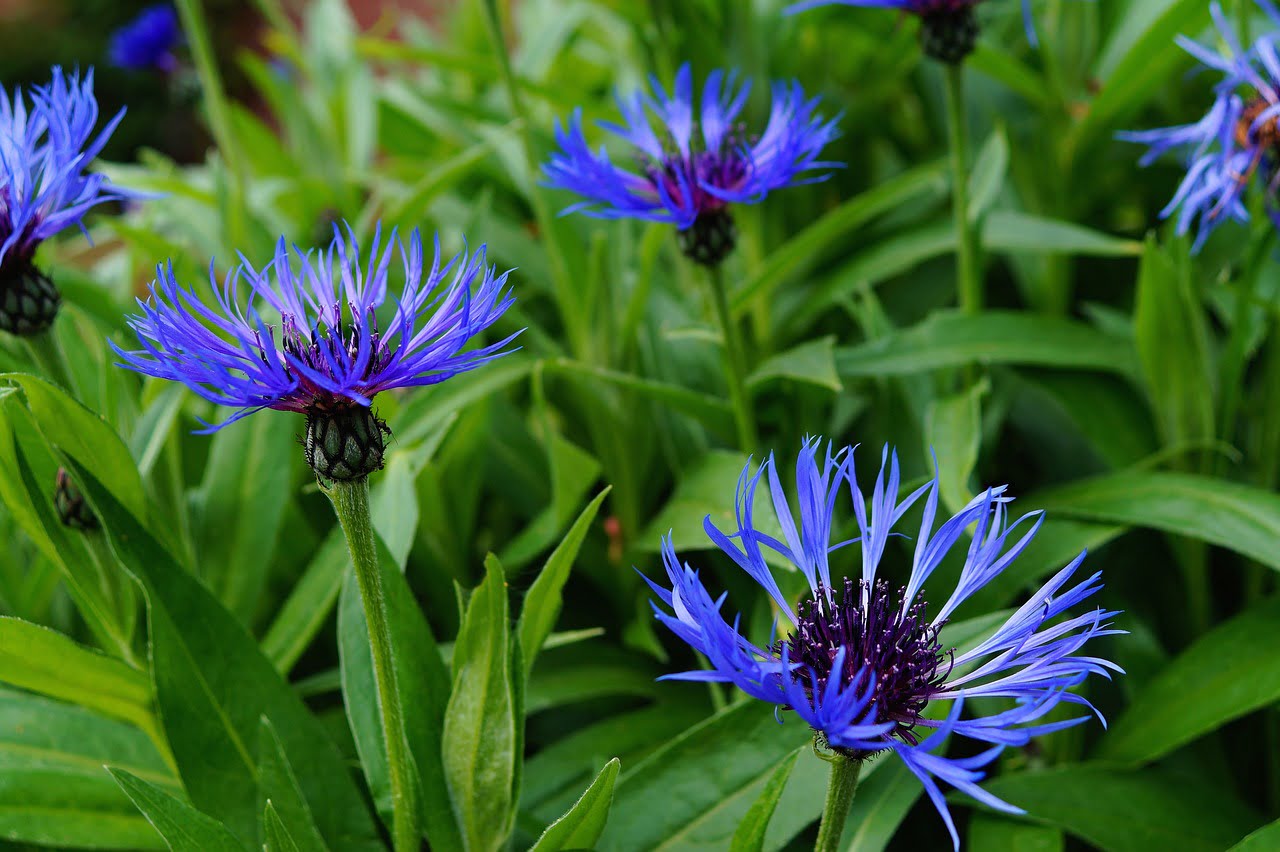
Centaurea and Planting: A Colorful Addition to Your Garden
Outline
- Introduction to Centaurea
- The Fascinating World of Centaurea
- Varieties of Centaurea
- 3.1. Centaurea Cyanus (Bachelor’s Button)
- 3.2. Centaurea Montana (Perennial Cornflower)
- Planting Centaurea: A Step-by-Step Guide
- 4.1. Choosing the Right Location
- 4.2. Soil Preparation
- 4.3. Propagation Methods
- 4.4. Planting Seeds
- 4.5. Caring for Centaurea
- Centaurea Pests and Diseases
- Harvesting and Using Centaurea
- 6.1. Cut Flowers
- 6.2. Medicinal Uses
- Conclusion
Centaurea, often known as cornflower or knapweed, is a genus of plants that encompasses a wide range of stunning flowers. If you’re looking to add a burst of color and natural beauty to your garden, Centaurea might be the perfect choice. In this article, we’ll explore the world of Centaurea, its varieties, and the art of planting and caring for these captivating blooms.
Introduction to Centaurea
Centaurea is a diverse genus within the Asteraceae family, comprising around 700 species. These plants are known for their distinctive, often vibrant, and colorful flowers. They can be found in various regions across the globe, from meadows to mountainsides, making them a versatile addition to different landscapes.
The Fascinating World of Centaurea
Centaurea’s allure lies in its stunning blooms, which come in an array of colors such as blue, pink, purple, and white. These flowers not only add aesthetic appeal to your garden but also attract pollinators like bees and butterflies, contributing to the overall health of your garden ecosystem.
Varieties of Centaurea
3.1. Centaurea Cyanus (Bachelor’s Button)
One of the most well-known varieties, Centaurea Cyanus, also called Bachelor’s Button or Cornflower, is famous for its intense blue blooms. This annual plant is easy to grow from seed and thrives in sunny locations.
3.2. Centaurea Montana (Perennial Cornflower)
Centaurea Montana, or Perennial Cornflower, offers a more extended blooming period. This perennial variety boasts lavender-blue flowers and is an excellent choice for garden borders.
Planting Centaurea: A Step-by-Step Guide
4.1. Choosing the Right Location
Select a sunny spot in your garden for planting Centaurea. These flowers love sunlight and will thrive in well-drained soil.
4.2. Soil Preparation
Ensure your soil is well-prepared with organic matter. Centaurea prefers slightly alkaline to neutral soil.
4.3. Propagation Methods
Centaurea can be grown from seeds or propagated through division. Choose the method that suits your gardening style.
4.4. Planting Seeds
Sow Centaurea seeds in early spring, and lightly cover them with soil. Keep the soil consistently moist until seedlings emerge.
4.5. Caring for Centaurea
Regular watering, deadheading spent flowers, and mulching will keep your Centaurea healthy and vibrant throughout the growing season.
Centaurea Pests and Diseases
Centaurea is generally resistant to pests and diseases. However, aphids and powdery mildew can occasionally pose a threat. Regular inspection and appropriate measures will help keep these issues at bay.
Harvesting and Using Centaurea
6.1. Cut Flowers
Centaurea’s bright blooms are perfect for cut flower arrangements. Harvest them when the flowers are in full bloom for long-lasting bouquets.
6.2. Medicinal Uses
Some Centaurea species have medicinal properties and have been traditionally used for various ailments. Always consult a professional before using them for medicinal purposes.
Conclusion
Centaurea, with its vibrant blossoms and versatility, can be a valuable addition to your garden. Whether you’re looking to enhance the visual appeal of your outdoor space or explore its potential medicinal benefits, Centaurea offers a world of possibilities.
FAQs – Answering Your Centaurea Queries
1. Are Centaurea plants suitable for beginners?
- Yes, many Centaurea varieties are easy to grow, making them ideal for novice gardeners.
2. Can I grow Centaurea in pots or containers?
- While Centaurea is typically grown in garden beds, some varieties can thrive in large containers if provided with adequate space and sunlight.
3. Are there any specific companion plants that go well with Centaurea?
- Centaurea can be complemented by a variety of plants such as daisies, lavender, and coreopsis, creating a visually appealing garden.
4. How do I prevent aphids on my Centaurea plants?
- To deter aphids, you can use insecticidal soap or introduce natural predators like ladybugs to your garden.
5. What are the potential medicinal benefits of Centaurea?
- Some Centaurea species have been used in traditional medicine for digestive and anti-inflammatory purposes. However, always consult a healthcare professional before using them medicinally.